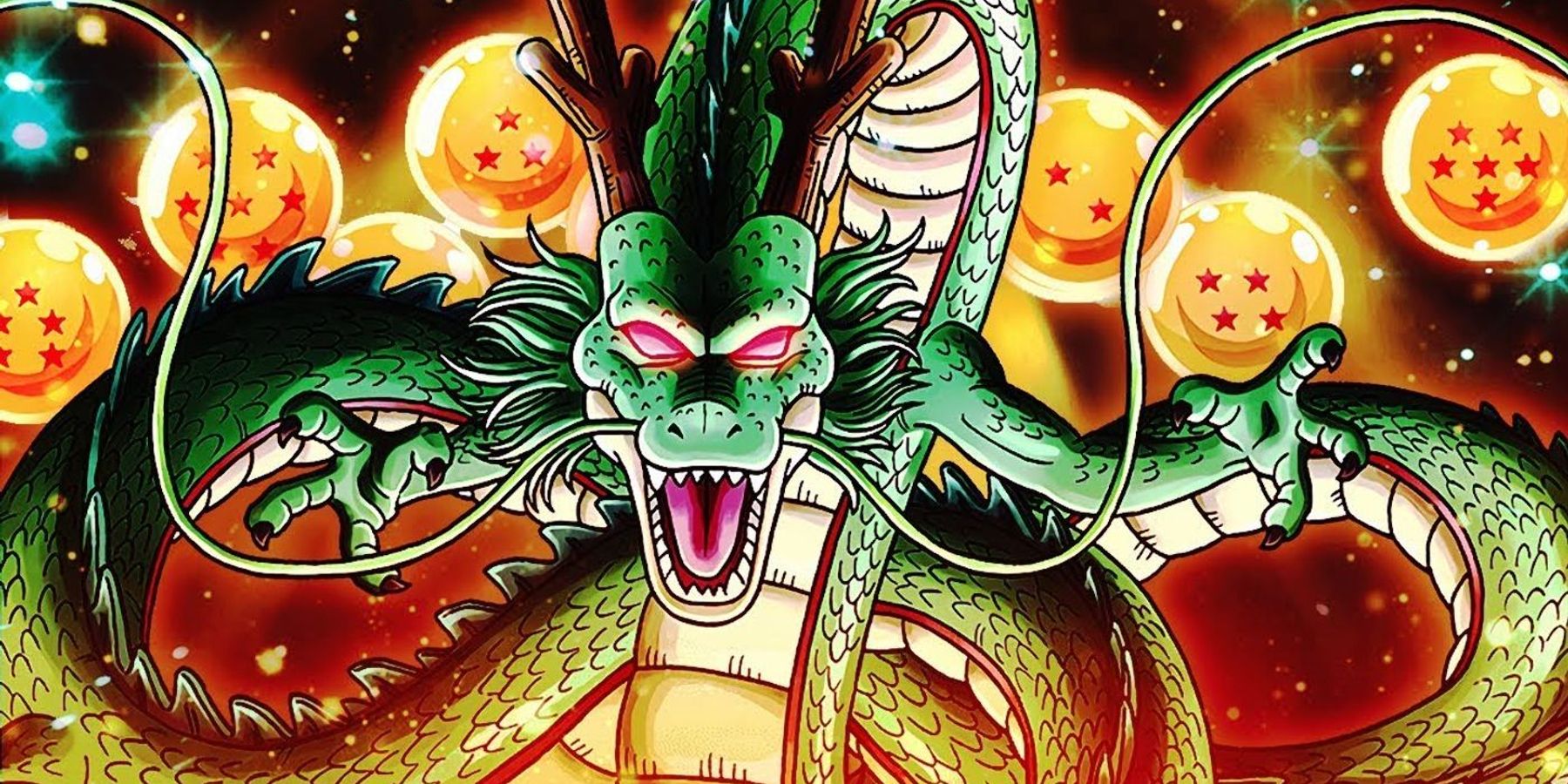Highlights
- Character deaths in Dragon Ball Z lose their impact and meaning due to the constant revival that occurs through the Dragon Balls.
- Death is used as a catalyst for character development and motivation for the protagonists in Dragon Ball Z.
- The use of the Dragon Balls as a plot device diminishes the gravity of death and undermines the stakes in the series.
Character deaths are pivotal moments in any battle shonen anime, often triggering major character development, plot progression, and radical shifts in the overall status quo. As one of the most well-known and influential shonen anime series of all time, Dragon Ball Z — based on Akira Toriyama's Dragon Ball manga — featured the deaths of many major characters throughout its run, including that of its protagonist, Son Goku.
While this could appear contradictory to the story's tone as a battle shonen manga and anime, it was at the very root of why a character's death became a minor hindrance rather than an earth-shattering event by the end of the series. In fact, several members of the main cast died and were restored to life on multiple occasions throughout Dragon Ball Z, which made the very concept of death lose all meaning by the time it concluded.
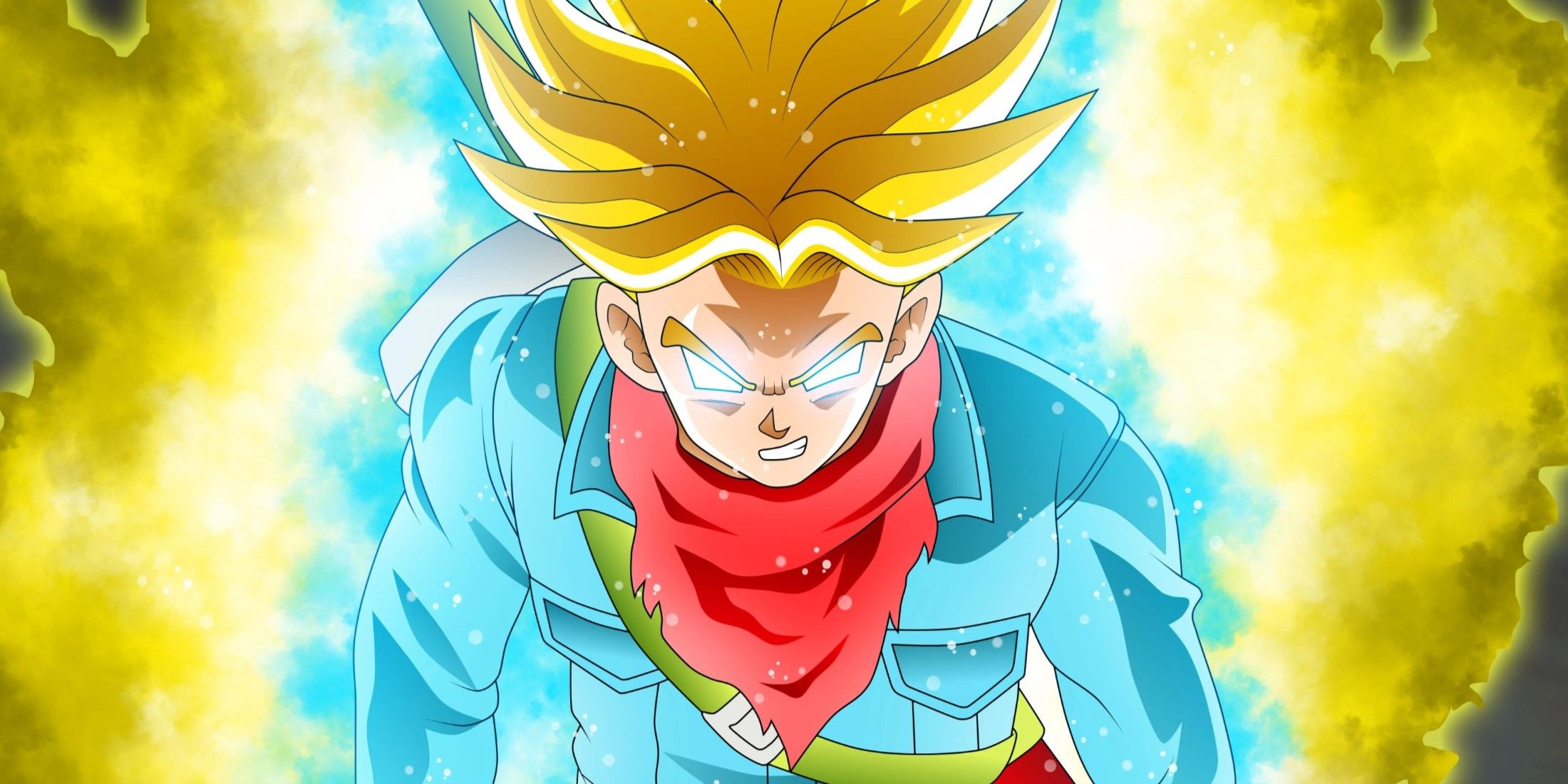
Dragon Ball: Why Super Saiyan Rage Was A Mistake
Due to its lack of build-up and messy power scaling, the Super Saiyan Rage form is an inherently flawed addition to the Dragon Ball franchise.
The Meaning Of Death In Battle Shonen Series
Death, in any story, is usually portrayed with a sense of finality. Those who perish over the course of a narrative seldom return to life through normal means, and the end of a fictional character's life is generally treated with the same solemnity as that of a real person. In the context of a battle shonen series, death is an ever present threat that a protagonist must confront.
On the other hand, most antagonists reside in fear of death, and the end of a hero's journey almost always coincides with this phobia coming true for the story's villain. In other cases, death can also be used to create strong character motivations, with revenge or desires for justice being the most prominent among them.
Within this context, death can be a catalyst that sets a protagonist on their journey, or strengthens their resolve to reach their objective. For instance, Gohan's early display of his latent potential upon the death of Piccolo, alongside Goku's first Super Saiyan transformation after Krillin's death are prime examples of this. Later on, Gohan's ascension to Super Saiyan 2 against Perfect Cell after Android 16's death is one of the best examples of example of how death can be used to harden a hero's resolve.
How The Dragon Balls Circumvented Death's Finality
The world of Dragon Ball operated with a slightly different set of rules, as the wish-granting Dragon Balls were an inherent plot device that allowed characters to circumvent the constraints of their mortality. Hence, characters could simply wish their deceased allies back after gathering all seven of the Dragon Balls, which allowed some level of freedom in dealing with a character's death.
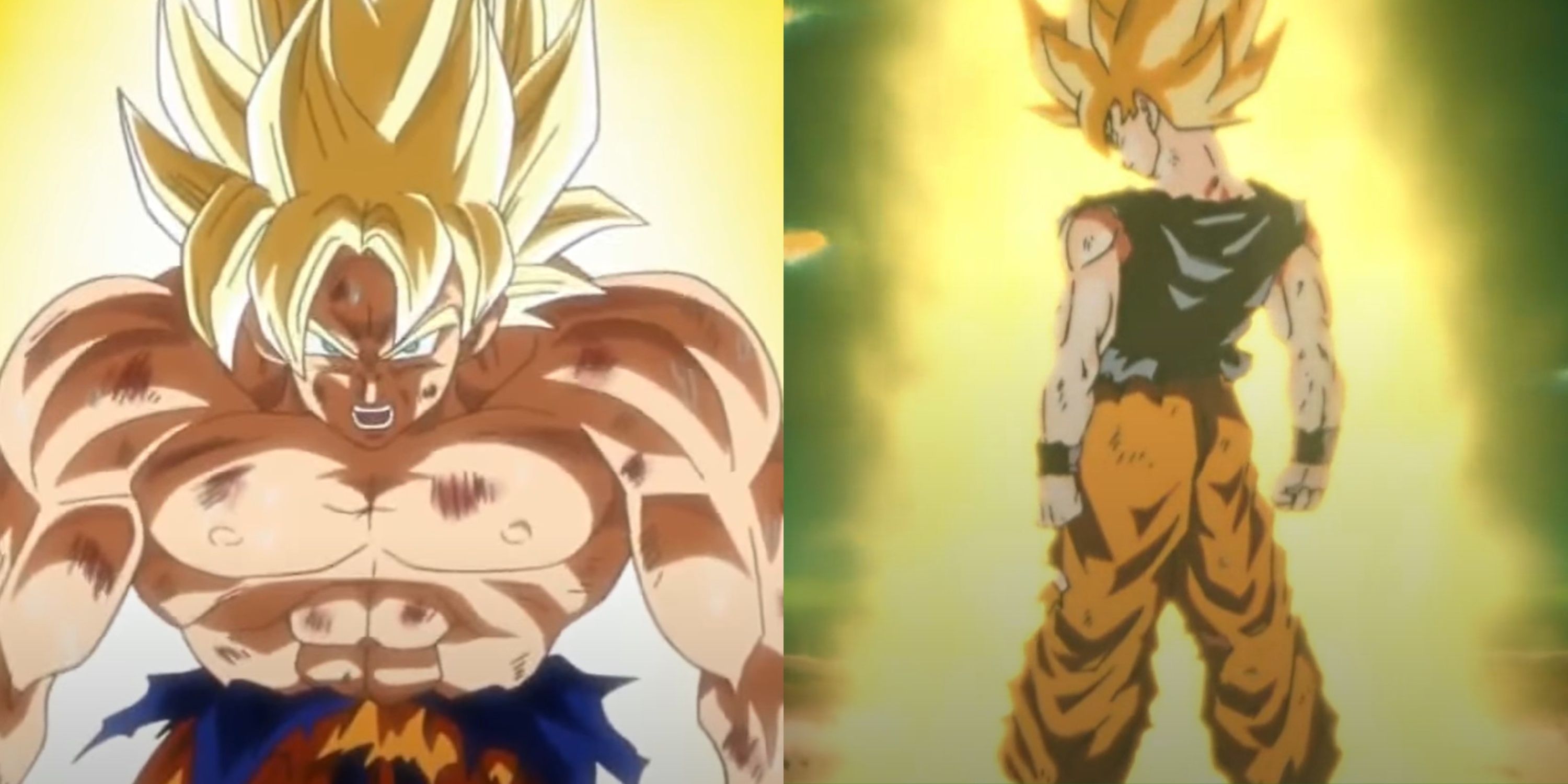
Dragon Ball: Why The First Super Saiyan Form Is Obsolete
As iconic as it is, the first Super Saiyan form just doesn't cut it anymore.
At first, there were inviolable rules to abide by, even when wishing others back to life from beyond the grave. For instance, the original Dragon Balls forbade anyone from being wished back to life a second time, if they had already been revived earlier. This prevented over reliance on the loophole of being able to wish people back to life, so that a character's second and supposedly final death, would hold the same weight as it would if the Dragon Balls did not exist.
Plot Elements Or Convenient Loopholes?
During the Namek Saga and the Frieza Saga that followed, the Dragon Balls became even more of an important plot point, as Bulma, Gohan, and Krillin traveled to the planet Namek, in order to revive Piccolo, Kami, Yamcha, Chiaotzu, and Tien. The act of restoring Piccolo and Kami was also crucial to their mission, as it would restore Earth's Dragon Balls in the process. On Namek, the deaths of Krillin and Vegeta were vital to Goku's first Super Saiyan transformation, but they were also brought back at the very end of the Frieza Saga.
It is important to note here that the wish made at the end of the Frieza Saga, which brought back everyone killed by Frieza and his subordinates, would set the template to reverse the damage caused by the antagonist of every subsequent saga in the series. While such a mass revival was ultimately necessary to ensure the main cast's relevance in future sagas, it paved the way for future plot contrivances. One such convenient loophole was that of the additional wishes afforded by Dende's version of the Earth's Dragon Balls in the Cell Games Saga, which were used to bring back everyone killed by Cell.
A Convoluted End To Dragon Ball Z's Final Saga
By the time the Majin Buu Saga commenced, most of the main cast had died and been restored to life several times — including Goku himself. Having remained dead on Other World of his own volition for seven years since his sacrifice at the end of the Cell Games Saga, Goku was given special permission by Fortuneteller Baba to return to Earth for a single day, in order to participate in the 25th World Martial Arts Tournament.
This new, unexplained avenue of bringing characters back to life only contributed to how the concept of death began to diminish in value, until it finally became a minor annoyance at best by the climax of the Majin Buu Saga. Even as the various versions of Majin Buu laid waste to cities, killed most of the main cast, and eventually eliminated all life on Earth, the lingering option of using the Namekian Dragon Balls to revive everyone and undo all the damage, diminished the gravity of the situation.
Every calamity caused by Buu was accompanied by someone reiterating that the Dragon Balls would restore everything to normal, which made the stakes feel less real, even as the survival of all life in Universe 7 was under grave threat. To make matters worse, Vegeta was brought back to life on King Yemma's orders after giving up his life earlier on in the saga, whereas Goku was also revived by Old Kai, who sacrificed his life to send him to Earth.
Even though this set up an epic final battle to conclude the series, the fact that neither of these characters had to contend with the ramifications of dying multiple times, hammered home the glaring issue with how Dragon Ball Z treated the notion of death. Where there were once limits on how many times a character could die and be revived, the end of the Majin Buu Saga saw all of these rules broken, eroding the finality of death entirely. This is something that has continued into future installments in the franchise, such as Dragon Ball GT and Dragon Ball Super, but the events of Dragon Ball Z were definitely responsible for how death lost all meaning in the series.
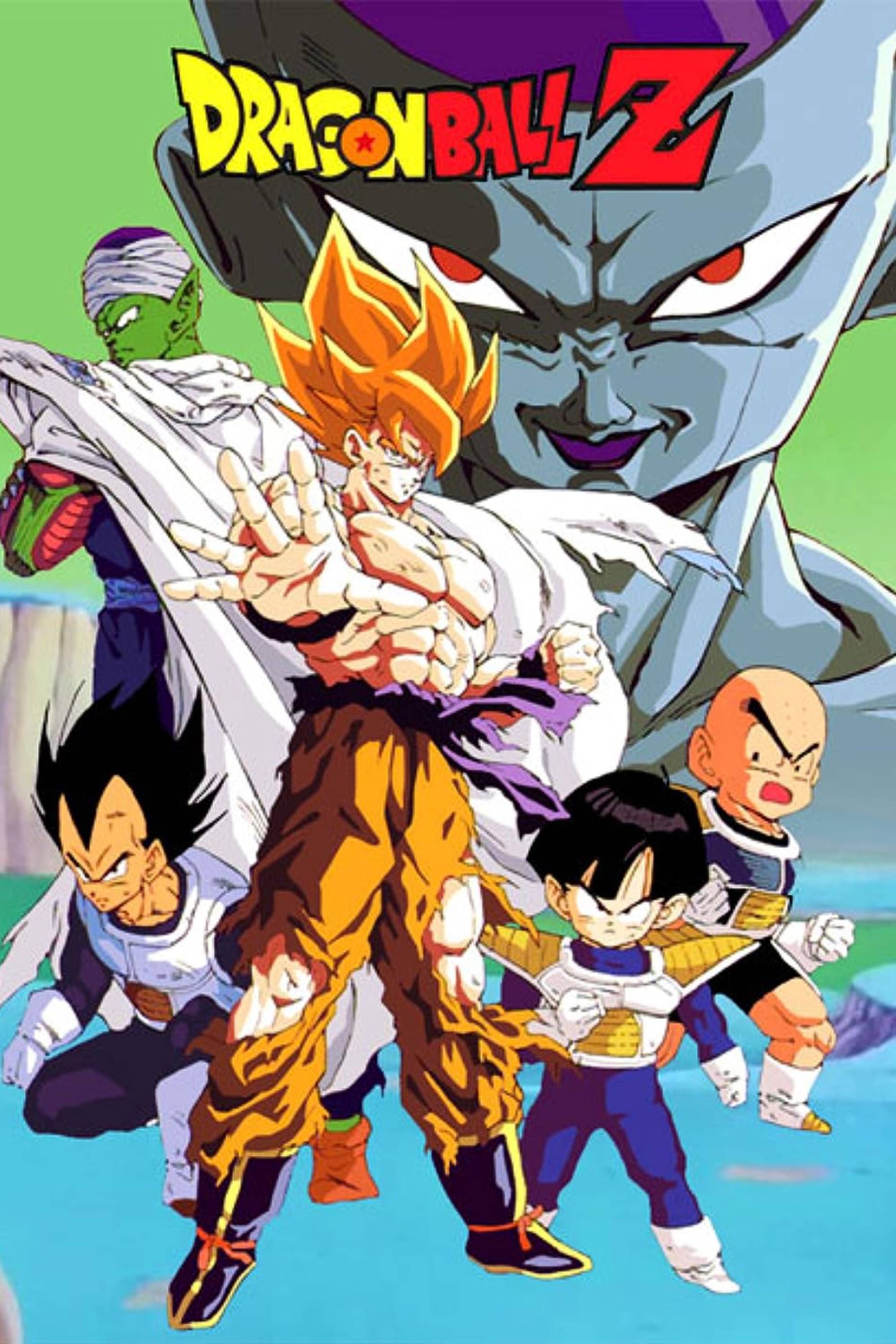
- Release Date
- April 26, 1989
- Creator
- Akira Toriyama
- Studio
- Toei Animation
- Number of Episodes
- 291
- Streaming Service(s)
- Crunchyroll
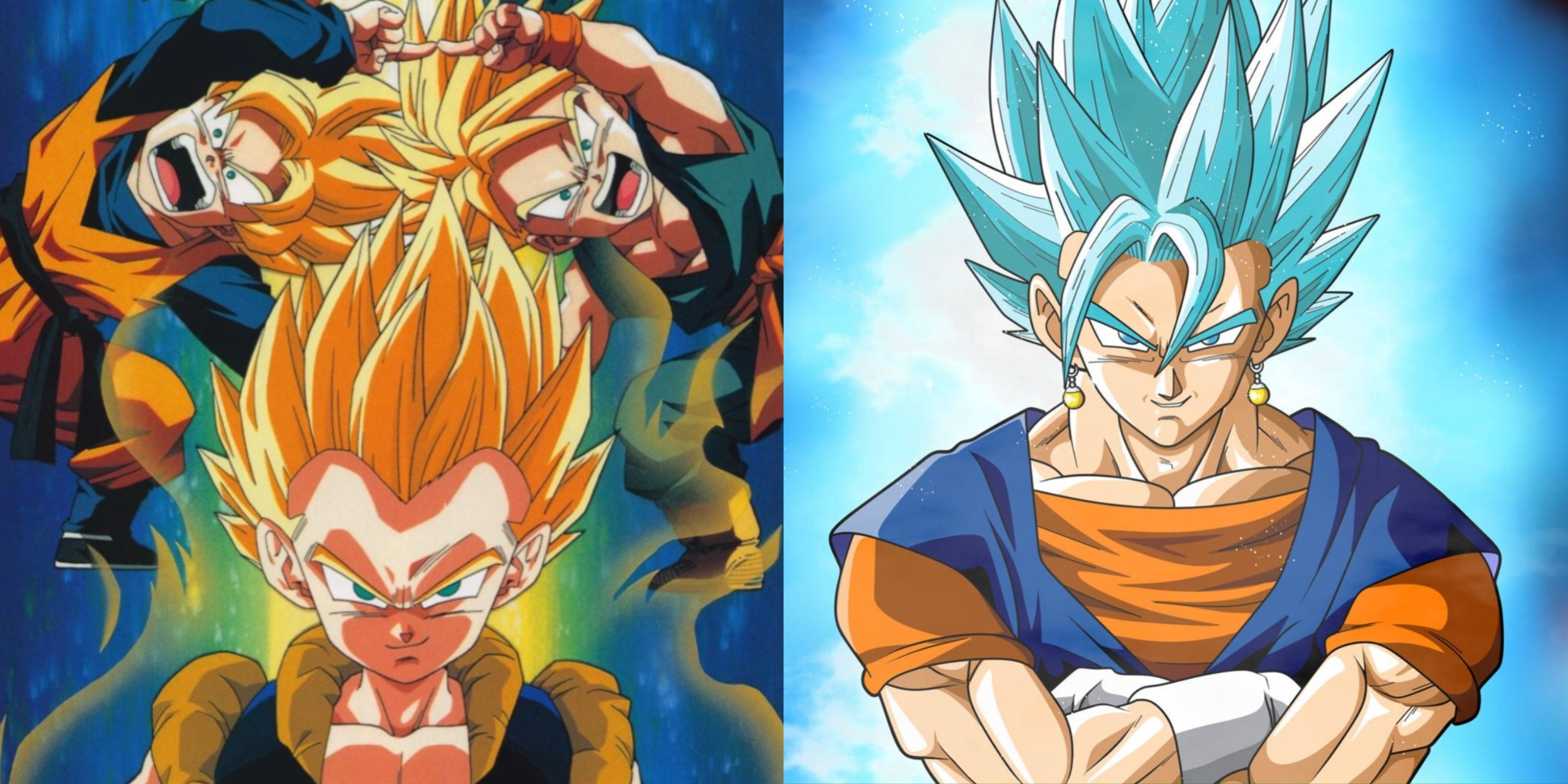
Dragon Ball: Fusion, Explained
Known for granting immense power by combining two souls in one body, fusion is a particularly unique power up in the series. Here's how it works.


